I still remember the first time I painted a historical figure. It was the Northumbrian Warrior from Latorre Models, sculpted by Raúl García Latorre himself. Back in 2008 I had not painted anything other than Fantasy pieces from Games Workshop. I remember the experience very well because it was a kind of sculpture to which I was not accustomed, it basically painted itself. The quality of sculpted materials and textures made me look like a better painter wihtout much effort. I think this is something that is common to all Latorre sculpts.
I had seen all of Latorre’s works and they always turned out to be a great source of inspiration, although I never thought that I would end up painting some of the most emblematic pieces of the historical miniature world. I am very happy that FeR Miniatures counted on me to repaint these models, as part of the re-edition of Elite classics.
When I received the documentation for the piece, and we agreed to look for an approximation to the original work, the truth is that I felt a burst of respect and responsibility. I’m not used to these jobs where you have to be methodical, which requires a more classical and artesan type of painting. This model required proper planning and preparation of steps to follow in order to stay true to the original.
Luckily there is an article that Raúl wrote years ago about the process he followed to paint the drawing of the tartan. I followed it very closely and it helped me a lot during the whole process.
The first part of the work, was to prepare the model by parts, the right arms separately and the sheath of the sword.
I primed the model black and then I gave it a layer of light flesh with airbrush to brighten especially areas like the shirt. Esentially, black primer helps me to achieve a solid basecoat on the model, but I always try to start painting on a gray base applied with airbrush. This works as a general grisaille to guide the light work.
I started painting the face of the model. Normally I don’t. I usually work large surfaces first but in this case I especially felt like starting in that area.
The colours used are similar to those Raul described in his article, the classic mix of Vermillion, English Uniform and Golden Flesh, to which I added a drop of black to desaturate. The lights are progressively Golden Flesh and Vermillion and then Ivory. As shadows, I use Model Air colors like Mahogany and red. For the deeper shadows I added some black to the mix.
For the hat I used a base of Enchanted Blue (Citadel) and black and I added light blues from Scale 75 that have a thicker grain to stipple the texture of the material.
For the shirt I used Pale Gray, from a set of Nocturna Models paints. I used it as a base and then I played with Matt Flesh and Ivory for the lights, always trying to keep it in a fairly gray balance. The shadows have black and English Uniform and later I added variations to combine with the rest of the elements of the piece.
As there is already an article on this model, I will not explain something that I have practically copied from it. I will explain a little more my experience when it comes to framing the tartan and in the socks.
The first thing I painted, to get the gand of it, were the socks, and I must confess that I almost lost the game there. I did not plan the procedure correctly and I was overwhelmed. In fact, I repainted the socks up to three times. Finally, thanks to the help of Jaume Ortiz and Fernando Ruiz, I planned the drawing of the diamonds, drawing two vertical lines in the sock, divided into sections. The first of the front, in a descending line, had to join with the third of the rear. From here I drew parallel lines, taking into account that as we got closer to the foot, the closer the diamonds would be. Then I did the same procedure in reverse, resulting in a symmetrical pattern.
In the end it was easier than it seemed, but until they gave me the key to solve, it was a nightmare for me.
Regarding the main drawing of the tartan, I realized that you have to go very slowly and be very systematic to get the most out of it. It is important to follow a series of steps and be organized so that the drawing does not lose proportions. The complicated thing in the end was to frame the drawing over irregular fabrics. We have to do the exercise of guessing and follow physical logic to properly follow the wrinkles of the fabric. A true challenge.
In any case, the important thing is to know that small mistakes can be covered, especially when drawing the finest lines. Throughout the painting process, I had to correct several times. In this sense I recommend to always work carefully making sure that we will be able to make proper lines. It is good and useful to practice on paper, but for me the important thing is to hold the model properly and have a good grip of the brush to comfortably draw with precision.
Once the trunk was finished, I glued the sheath of the sword, and the arms that I had previously painted on the basecoat in order to have better access.
For the NMM of the shield, the idea was to paint first in general, without differentiating the rivets with Vermin Brown (Citadel) and a series of brown shades simulating the texture. Later I worked on a series of washes with black, purple and red inks from Liquitex and Chesnut ink from Citadel. Once the leather is complete, for the rivets I used light brown drawing a highlight above and below the rivet, a kind of O-shaped line, being wider at the top to represent the ‘bling’. Then I added small light spots with a mixture of Golden Flesh and Ivory.
The dirt in the model was represented using “Smoke” and working with Model Air’s inks and browns as well as some varnish for the ‘blings’.
It has been a great experience to paint this model, something I recommend to all painters who like challenges. I want to use this opportunity to thank my friend Raúl García Latorre, who has helped me throughout the whole process, guiding and councelling as always. Thank you very much!


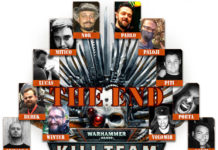
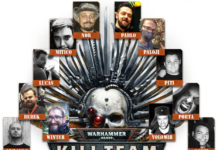

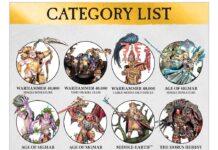
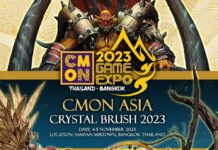

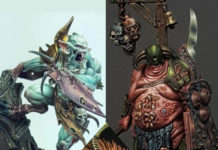
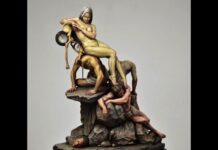
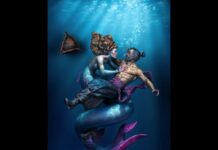
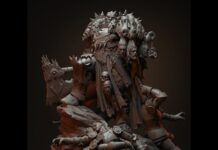
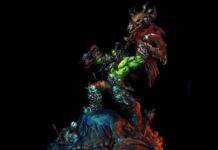
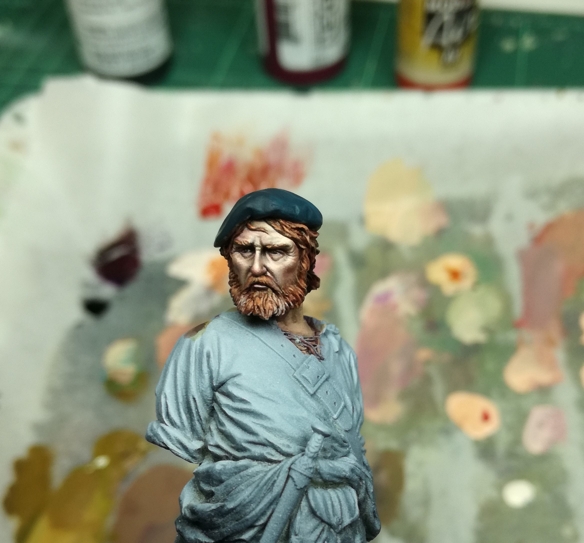



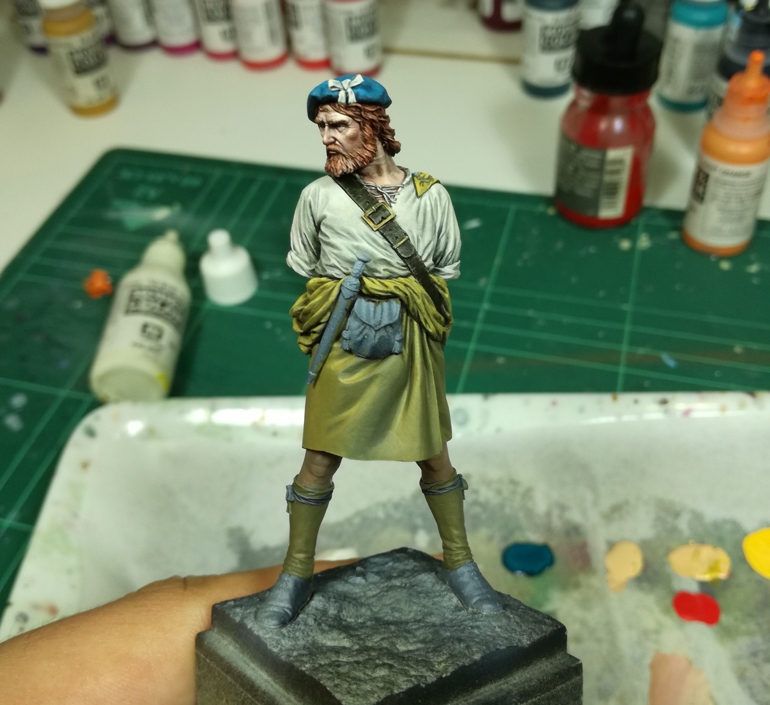

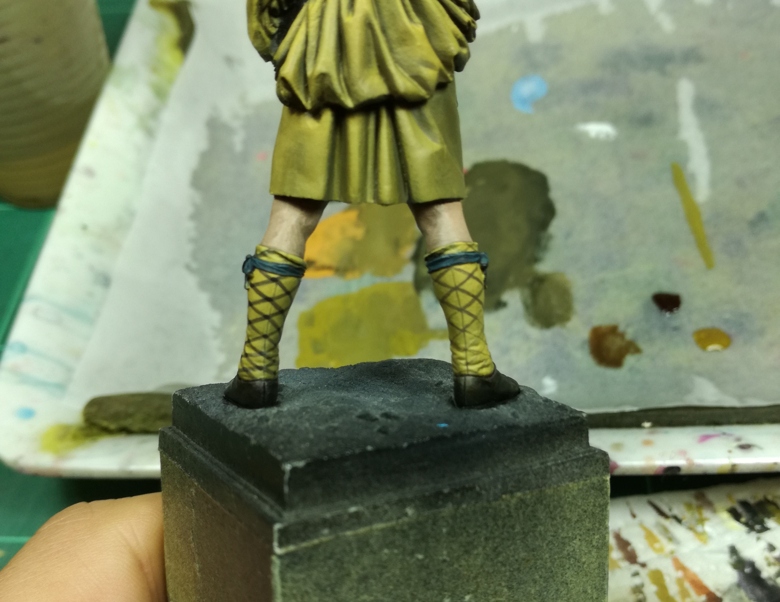

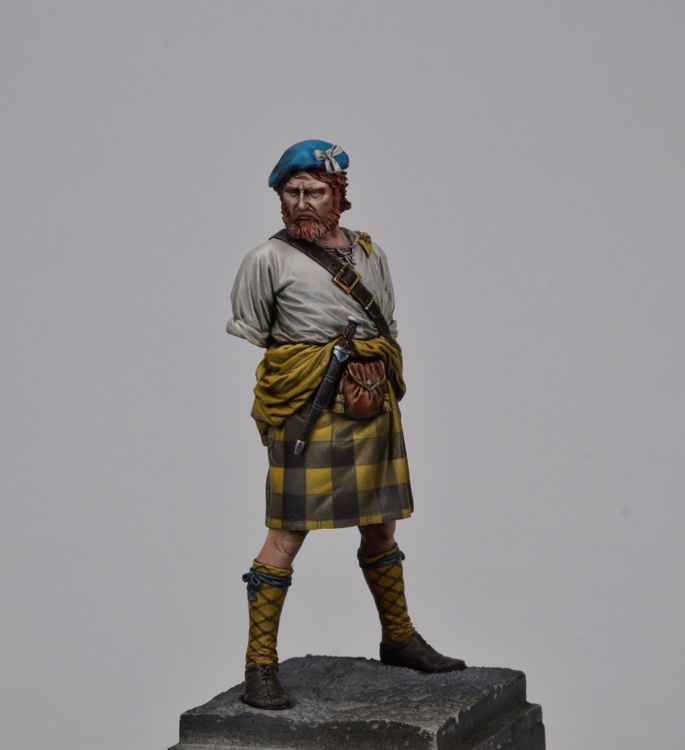








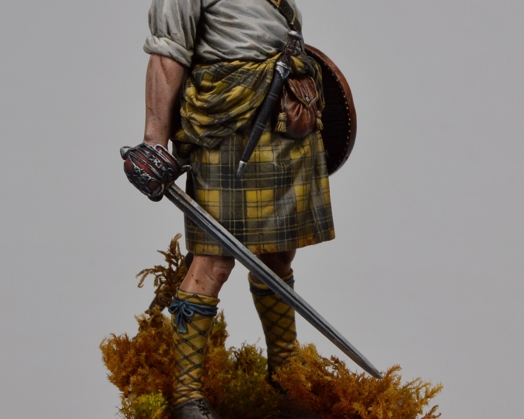



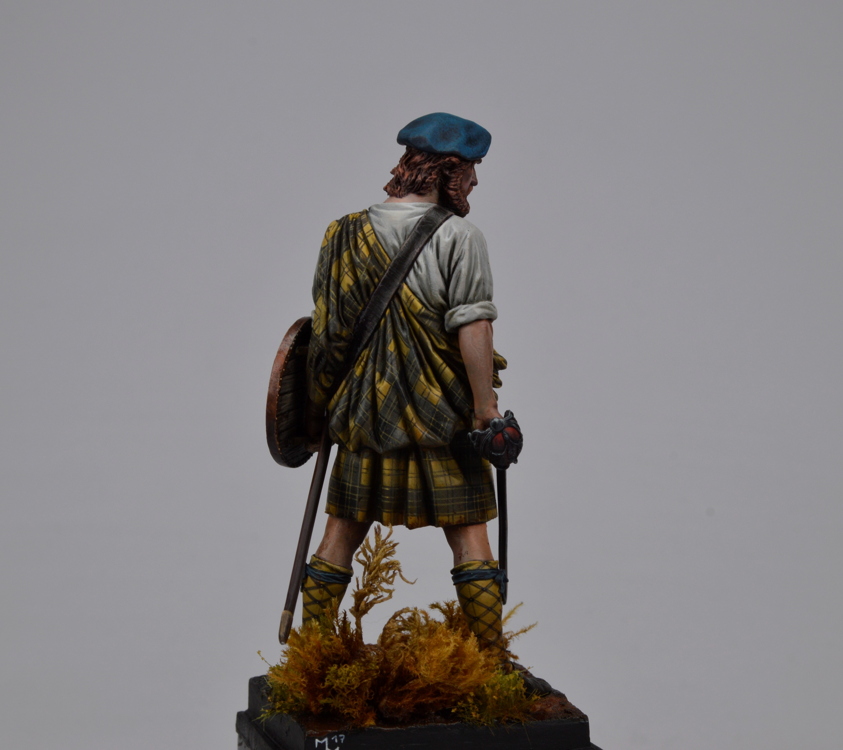


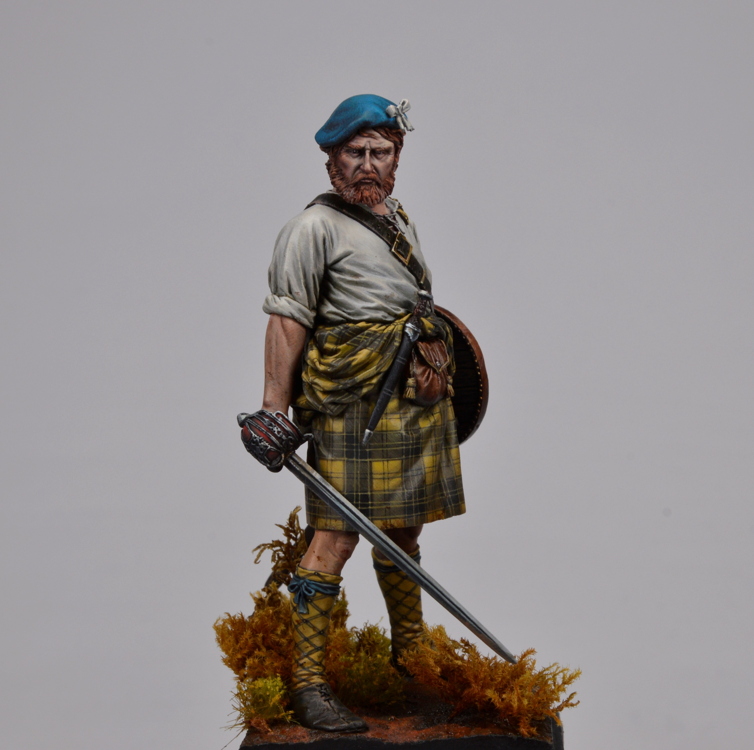











Great article! I am at the point you described in the article with “back in 2008”. Your blog is full of inspiration and motivates me to try out new things. Thanks so much for the work you put into it!
Where did the Raúl Latorre article on painting appear? Was it in a magazine?
Thank you.
I believe this was an article in the magazine ‘Euromilitaire’ back in the day. I can’t recall which number, sorry.
Thank you.